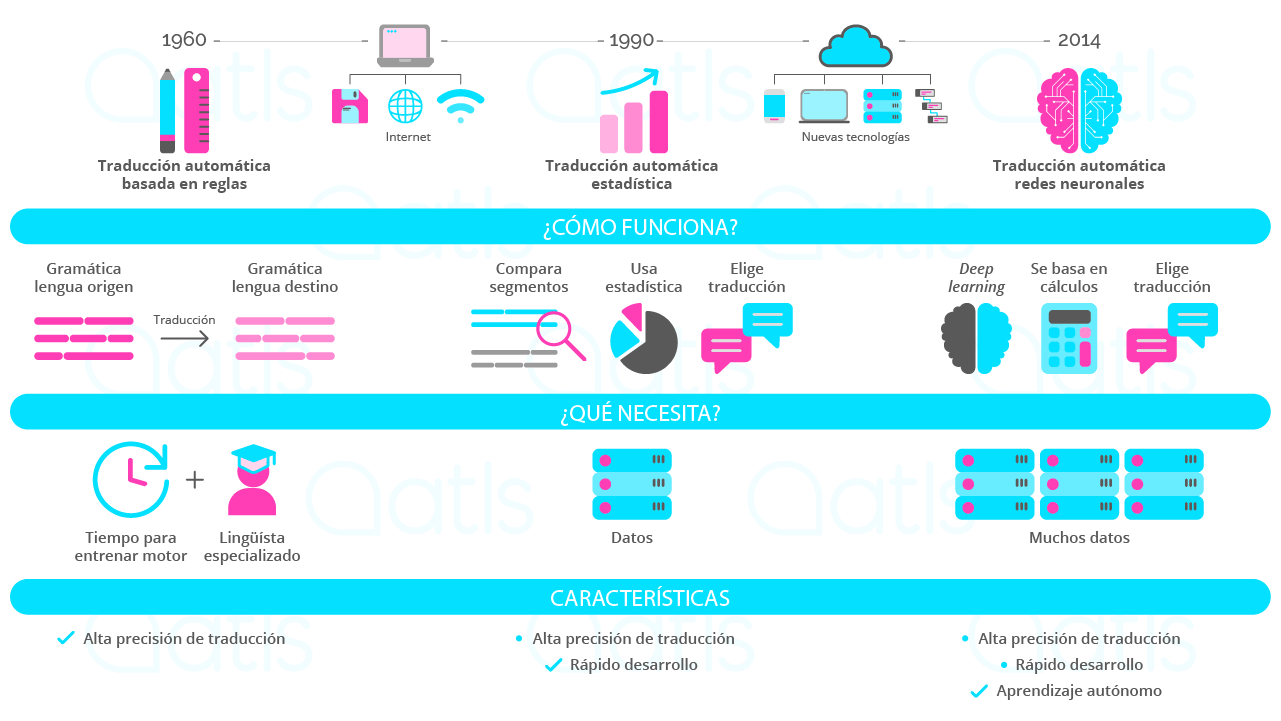Translate your CMS automatically

There are many reasons why you may want to translate your website content. In this post we will share with you the options available for machine translation of WordPress, Magento and Joomla content. Take note!
Manual machine translation
The first and simplest of the options is translation by the web administrator of the website by means of an online machine translator, such as Google Translate or Bing.
These machine translation tools are also useful for widget-based translating. How? Both Google Translate and Bing use plugins, Gtranslate and Bing Translator, respectively, which work by embedding a widget on the website for a one-click translation by the user. This means that when a user visits the website, all they have to do is select the language in which they wish to view the content and it is automatically translated. This type of plugin does not save any translated content in the content management system, but rather translates it in real time through the corresponding translation service.

Between these two options, the more recommendable of the two is to translate by embedding a widget on the website. In this way, the user is aware at all times that they are viewing a machine translation, since they have to select the browsing language themselves and are therefore mentally prepared and less judgemental of any translation errors they may see.
Translation via plugin
As mentioned, it is always best to use a widget for machine translation. This is because if we do a machine translation in advance and then copy it into the website, the search engines might think it is spam and this would affect the web positioning. Below, we take a more detailed look at some of the plugins and extensions that WordPress, Magento and Joomla offer for doing machine translations.
WordPress
WordPress, the most widely used on CMS websites, has a wide range of plugins for machine translation. Today we will look at one of them, QTranslate X.
This plugin is one of the most comprehensive since it avails of a writing panel for the user to enter as many translations as they want for each of the entries. Regarding links and tags, the plugin generates the translations automatically.

QTranslate X
Magento
Magento, the open code ecommerce platform, uses add-ons for performing translations and an interesting option is DC Translator. We can find the DC Translator add-on on the GitHub platform, and it permits translations in Magento to be managed easily.
How is it enabled? After installing it, go to the menu & gt; System & gt; Settings & gt; Translator to enable the use of integration with the translation service Bing . Once enabled, each time we enter content a button will appear giving us the option to translate it automatically and obtain a machine translation immediately.

DC Translator
Joomla
Likewise, the popular CMS Joomla has different translation add-ons, such as Joomfish. To translate using this extension, you must first configure which languages you wish to translate into. Once you've done that, to translate the content, we select the text for translation and using a language selector, we choose the target language. Lastly, we copy the translation into the content manager.
These are some of the options for machine translation of web content, but, as we're sure you already know, this type of translation is not the most recommendable and will always need to be reviewed by a professional translator. And what about you? What translation plugin do you use?




